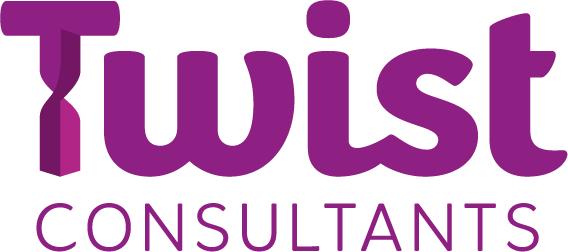You don’t need reminding that we’re entering a crunch point in the year.
As we head towards September (it’s not that far away!), it always feels like the start of a new year, and it brings a surge of ‘stuff’: new projects, budget discussions, a push to deliver on what’s been promised before the end of the year and of course, people leaving. But this year, I’m hearing something slightly different from the discussions I’ve been having with a range of leaders recently.
Image: Jehyun Sung, unsplash
It’s not just that the pace of change is fast - it’s that it’s relentless, and it’s layered too.
People aren’t just managing change. They’re delivering the day job and absorbing the next wave of change that often feels like it’s coming from nowhere. Think about what we’ve already had to contend with so far in 2025: the ripple effect from the US election results, as well as ongoing supply chain disruption and conflicts that are forcing cost pressures.
When these things appear, they need to be dealt with and absorbed into our work, often without any extra time, support, or headspace. Priorities are shifting quicker than usual. That balance is starting to tip and it’s your leaders who will be feeling the strain first.
If this is sounding familiar and you’d like to explore strategies to address this, book a call with me.
It’s likely that people won’t come back from their holidays feeling fully rested. That downtime can feel like a very distant memory, very quickly. And without that space to properly recharge, it’s harder for even your most capable leaders to lead well, land change, or hold onto their teams. When they’re feeling the strain, delivery suffers and things slow down. Decision-making gets harder. Team engagement feels trickier and a focus on retention comes up the priority list - especially in September. These are some of your most important business levers.
Research from LHH cites 43% of executives, saying that over half their leadership had turned over in the last year. That’s not just a performance risk - it impacts productivity and profit.
If people aren’t being actively supported to stay resilient and grounded now before things start breaking, you’ll find people scrambling to react when things don’t go to plan. So, at the same time that people are busy trying to contend with and navigate through so much change, I see short-term fixes put in place that actually create more work but don’t necessarily yield the results that are needed, like:
Replacing burned-out talent rather than addressing why that’s happening
Offering one-off wellbeing sessions when leaders are already feeling overwhelmed
Rolling out new change communications after people are already confused or resistant
The effects of not addressing this will ripple through the last quarter of 2025 and into 2026, with missed milestones, higher attrition and a slower pace right when you need speed.
If you’re ready to discuss how to reduce the impacts of losing your best leaders in times of change and take up less of your time in reacting with short-term fixes, book a call with me here.
P.S. The commercial impact of change fatigue is real - and preventable. Let’s have a quick call to explore how you can protect both performance and your people ahead of Q4.

